KP Group has signed a Memorandum of Understanding (MoU) with South Korea’s Jeonbuk State, South Korea’s AHES Co., Ltd., and GH2 Solar to collaborate on the large-scale deployment of electrolysis-based green hydrogen solutions.
‘Under the MoU, Jeonbuk State will implement supportive policies and support the enhancement of the technological capabilities of electrolyser companies, while AHES will supply high-quality, efficient, and reliable alkaline electrolyser stacks, along with manufacturing expertise, technology, and long-term operational know-how,” stated KP Group. “GH2 Solar will promote Balance of Plant (BoP) manufacturing and support commissioning of electrolyser systems. KPI Green Hydrogen & Ammonia will invest in and establish large-scale green hydrogen production facilities using AHES electrolyser stacks.”
Japanese researchers developed a solid hydrogen battery that operates at 90 °C, achieving reversible hydrogen gas absorption and release. The battery, with magnesium hydride (MgH2) as the anode and hydrogen (H2) gas as the cathode, uses a solid electrolyte, Ba0.5Ca0.35Na0.15H1.85, which can transport hydrogen ions. “This material has an anti-α-AgI-type crystal structure, well known for its superionic conductivity. In this structure, barium, calcium, and sodium occupy body-centered positions, while H– move through face-sharing tetrahedral and octahedral sites, allowing them to migrate freely,” said the Institute of Science Tokyo. During charging, MgH2 releases H–, which migrate through the Ba0.5Ca0.35Na0.15H1.85 electrolyte to the H2 electrode, where they are oxidized to release H2 gas. During discharging, the reverse occurs: H2 gas at the cathode is reduced to H–, which move through the electrolyte to the anode and react with Mg to form MgH2. According to the researchers, the battery overcomes the high-temperature and low-capacity limits of earlier methods. The paper “High-capacity, reversible hydrogen storage using H–-conducting solid electrolytes” was published on Science.
Researchers at Chung-Ang University proposed chloride-resistant ruthenium (Ru)-based nanocatalysts for direct electrolysis and hydrogen production from seawater. “The crystalline/amorphous Ru heterostructure exhibits 37× higher activity than commercial Pt catalysts in alkaline water electrolysis, enabling cost-effective hydrogen generation,” said the South Korean researchers. The team led by Haeseong Jang employed a g-C3N4-mediated pyrolysis strategy to synthesize nitrogen-doped carbon-supported Ru nanoclusters with a crystalline–amorphous heterostructure (a/c-Ru@NC). g-C3N4 serves as both a nitrogen source and a scaffold that anchors Ru³⁺ ions through N-coordination sites. “During pyrolysis, reductive gases released from g-C3N4 reduce Ru³⁺ in situ to metallic Ru nanoparticles, while Ru–N bonding disrupts atomic order in the core, forming an amorphous Ru phase.”
Elcogen officially opened its solid oxide fuel cell (SOFC) factory on the outskirts of Tallinn, Estonia. The 14,000 m² facility increases Elcogen’s available production capacity from 10 MW to 360 MW. “Elcogen’s components – cells, stacks and modules – are integrated into third-party systems for a wide range of applications including distributed energy, off-grid and stationary power, industrial backup, green hydrogen production, and Power-to-X solutions,” said the Estonian company.
The Electricity Generating Authority of Thailand (EGAT) and Chulalongkorn University signed a research fund agreement to research hydrogen production from renewable energy. “The collaboration aims to promote development focused on the environment, society, and governance guided by international standards, while also translating the principles into practical applications,” said the Thai authority.
August Weckermann commissioned a new hydrogen plant at its Eisenbach site, Germany, based on a 300 kW electrolysis plant, hydrogen storage with a total capacity of 1.4 tonnes, and a fuel cell with an electrical output of up to 200 kW. The plant is part of a system also based on photovoltaics, and a redox flow battery with a storage capacity of 3,000 kWh. “The goal is to achieve a degree of self-sufficiency of up to 85 percent”, said Bernard Gruppe, the German company commissioned with the process engineering planning, in an emailed press release.
This content is protected by copyright and may not be reused. If you want to cooperate with us and would like to reuse some of our content, please contact: editors@pv-magazine.com.
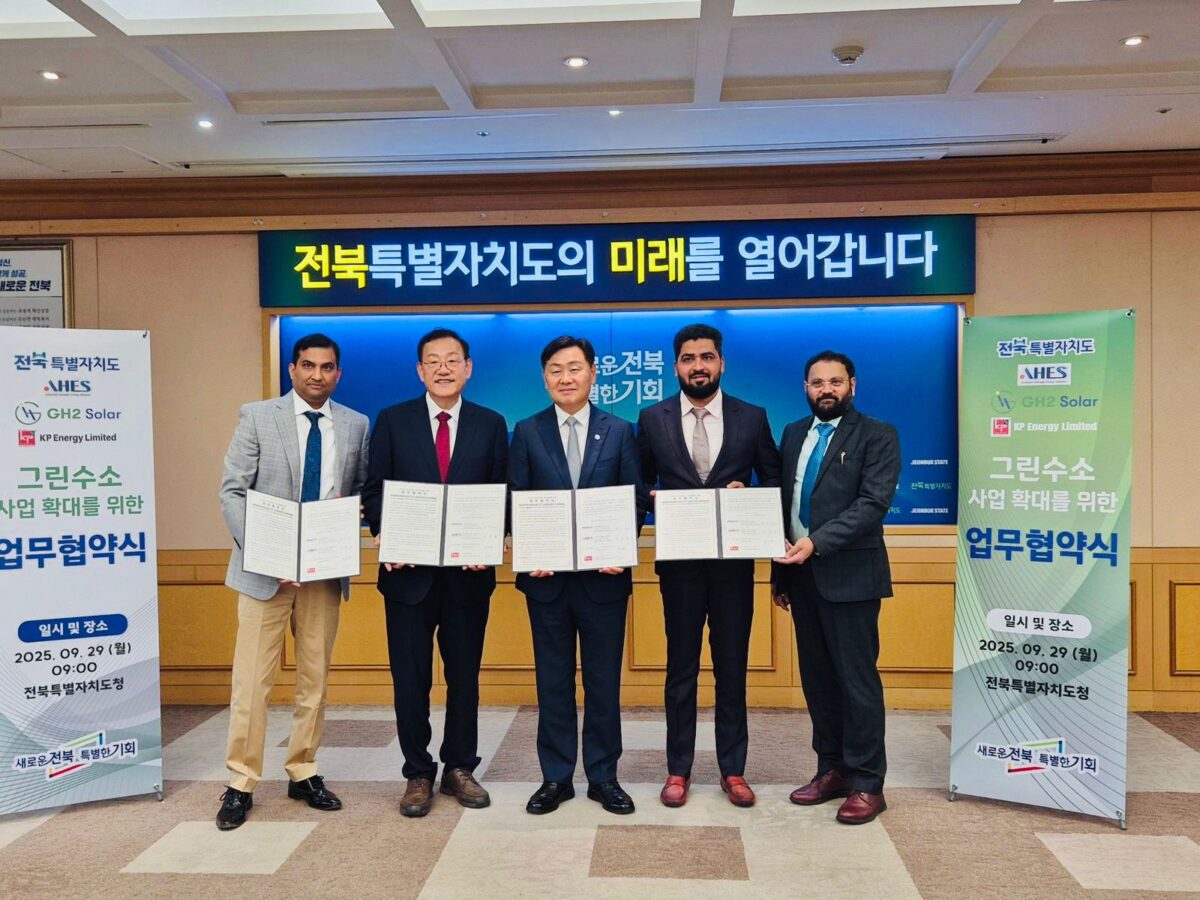




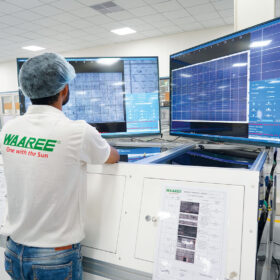
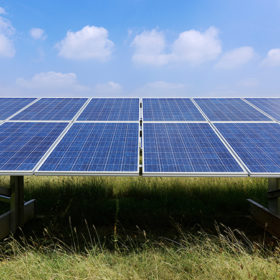
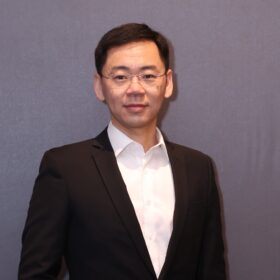
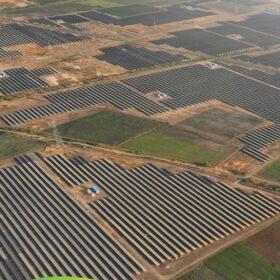
By submitting this form you agree to pv magazine using your data for the purposes of publishing your comment.
Your personal data will only be disclosed or otherwise transmitted to third parties for the purposes of spam filtering or if this is necessary for technical maintenance of the website. Any other transfer to third parties will not take place unless this is justified on the basis of applicable data protection regulations or if pv magazine is legally obliged to do so.
You may revoke this consent at any time with effect for the future, in which case your personal data will be deleted immediately. Otherwise, your data will be deleted if pv magazine has processed your request or the purpose of data storage is fulfilled.
Further information on data privacy can be found in our Data Protection Policy.